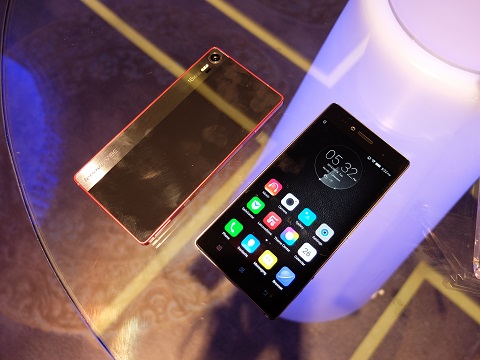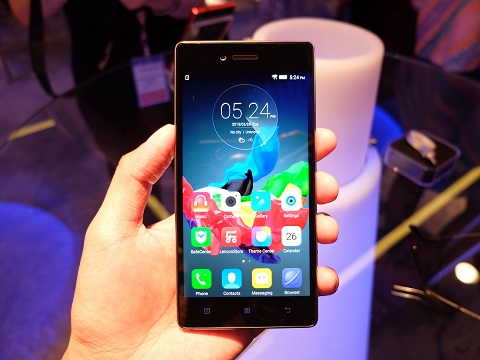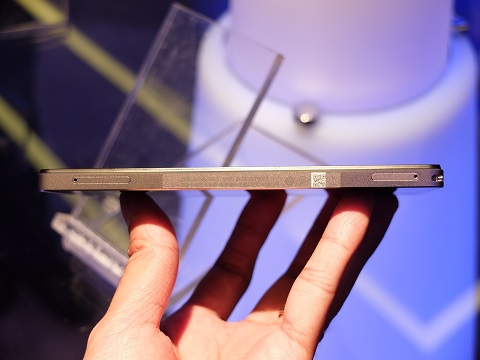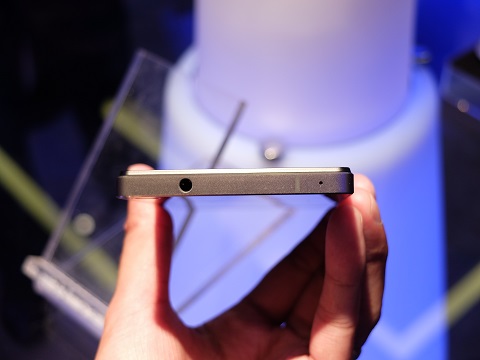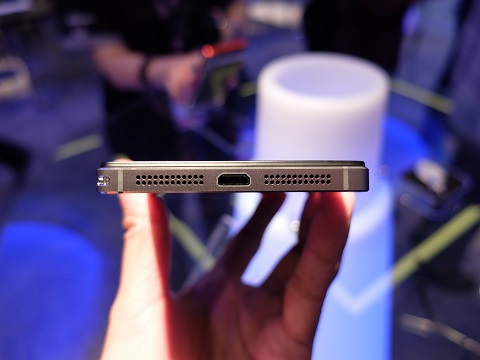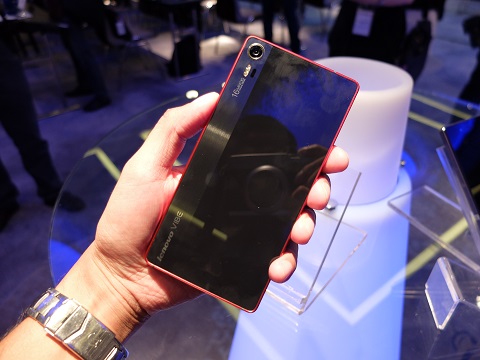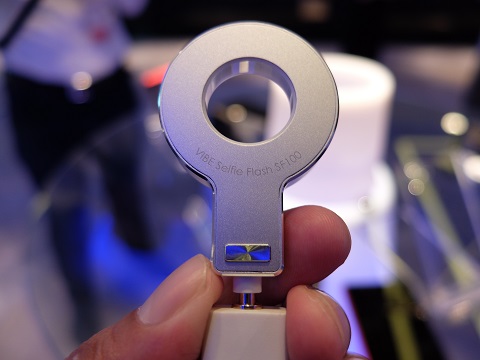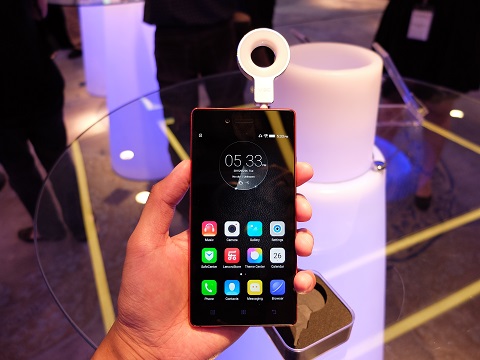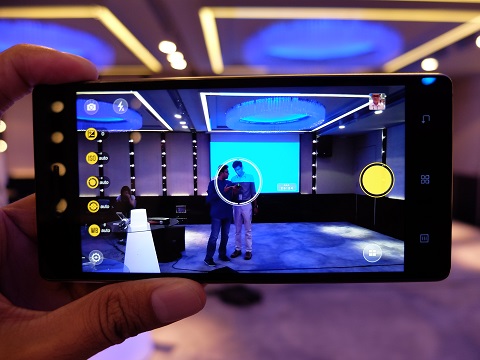Ford Motors showed a lot of new innovations and shared a number of forward-leaning experiments that revolves around smart mobility during the first Consumer Electronics Show Asia here in Shanghai, China.

Ford is perhaps the most active automotive company that heavily invests in technology, power efficiency and everything else that involves mobility.
Among its most prominent development is the Ford Sync which is rolled out in all Ford cars globally. The Sync 2.0 will be available together with the Everest when it is released in the Philippines next quarter.

The goal of Ford Sync is ease and safety — hands on the wheel and eyes on the road. As such, Sync allows the driver to interact with the car’s system with minimal distraction on four major interactions — navigation, communication, entertainment and climate control.
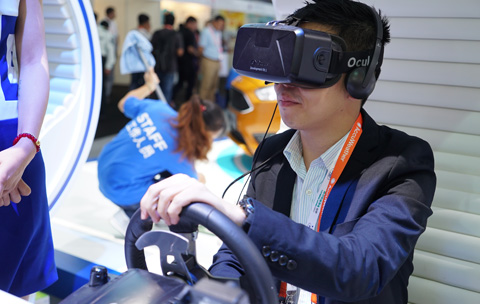
Josh Villanueva of GadgetMatch tries Sync 2.0 via Oculus.
Sync can also interface your smartphone or tablet via Bluetooth so you don’t have to be distracted while driving. Basic functions such as receiving/making calls, reading SMS and sending canned messages, music playback are all seemlessly incorporated into the system to give the driver a hands-free interaction.

Ford also showed us what they’re doing for the next Sync 3.0 that is more streamlined and a revamped user interface with support for AppLink.
An ongoing experiment that Ford is doing in Atlanta in partnership with Georgia Institute of Technology is Parking Spotter.

This experiment uses existing sonar and radar technology already available on Ford vehicles to map parking information. At speeds of less than 15 kmph, vehicles participating in the experiment act as roving probes and map open parking spots. This information is then uploaded to a cloud-based location, which drivers can access if they’re looking for a place to park.
The Remote Repositioning experiment has outfitted a golf cart owned by the Georgia Institute of Technology – Ford’s partner on the experiment – with technology that allows them to be driven remotely, via a LTE streaming connection.
“Once equipped with the technology, the golf cart can be driven from a station that’s pretty similar to what you might find at a video arcade,” said Buczkowski. “There are some very exciting possibilities here, from improving car-sharing efficiency to simply allowing drivers to stay dry in bad weather.”
Another business model that Ford is looking into is the car-sharing service called Go!Drive. Already on its second phase, this City Driving On-Demand mobility experiment is an exploration into car-sharing solutions which was announced earlier this year as part of Ford Smart Mobility – and invite 2,000 members of the public to experience the car-sharing service. The consumer-facing service will offer members access to 50 Ford vehicles available at 20 convenient locations around London.

Ford’s booth at the exhibition hall of CES Asia featured the upcoming Sync 3.0, a virtual reality driving experience with Sync 2.0 using Oculus and an up close encounter with the Ford GT supercar.
The post Ford takes center stage in CES Asia with Smart Mobility appeared first on YugaTech | Philippines, Tech News & Reviews.

